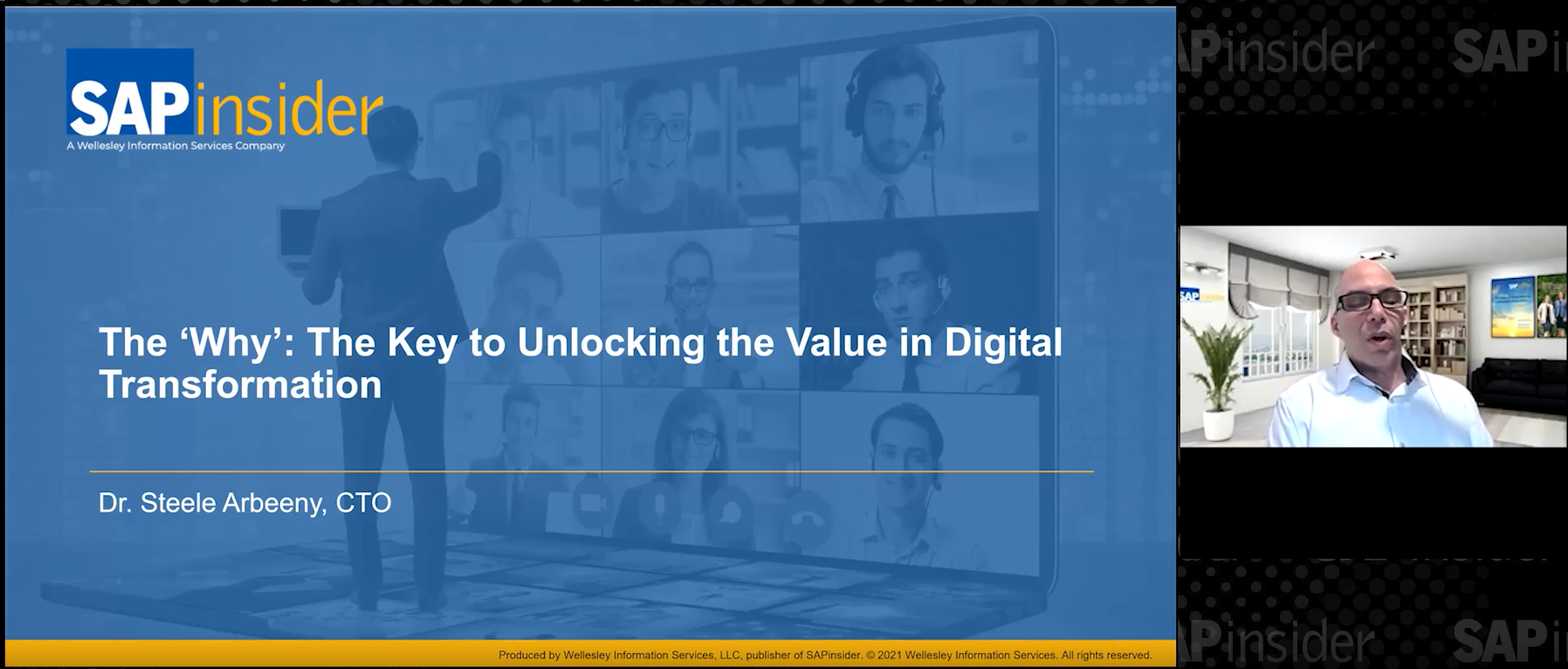The New Normal for Leaders
Meet the Experts
Key Takeaways
⇨ The current time resembles a new normal, full of opportunities, where we want to get employees back to working together, set clear expectations, strategize to optimize employment opportunities, and most importantly, invest in people.
⇨ But there is no “new” solution, just an opportunity to return to the fundamentals, clear expectations, long and short hiring strategies, and investing in employees. We work better together.
⇨ By revisiting our core principles and emphasizing organizational integrity, we can invite our team to stand by us.
Our world has been on an unchartered ride if we look back to the transitions we have all negotiated over the last four years. Business as usual was hurled into multiple stages of COVID confusion. From the workforce split into the “laid-off” and “essential” categories to the workforce leaning into remote/hybrid work, new expectations, and then resignation to now, 3.5 years from lockdown, we are looking at a new season – the Big Stay[1]. The current time resembles a new normal, full of opportunities, where we want to get employees back to working together, set clear expectations, strategize to optimize employment opportunities, and most importantly, invest in people.
Let’s get people back in the office.
Remote work felt right during COVID due to safety concerns, uncertainty, and unknown risks. However, people felt less invested in their organizations. We are a third-generation family business with over 70 years of operating face-to-face. For Pacific Coast Companies, a handshake, sharing lunches, celebrating birthdays, working together, and building relationships matter. How do we reinstate that without making people feel like they are being punished? Can we inspire our leadership teams to influence our workforce and bring everyone together again? This keeps us up at night. Forty years of being a leader tells me there is no “new” solution, just an opportunity to return to the fundamentals, clear expectations, long and short hiring strategies, and investing in employees. We work better together.
First Fundamental – Set clear expectations.
During COVID and the hybrid periods, we focused on employee safety and mental health and not as much on business expectations. This is the time to start by setting clear expectations with the workforce. Leaders have feared calling employees back in the office due to resignations, but now, leaders must unequivocally state their expectations. Over the last year, at Pacific Coast Companies, we rolled out Bridge the Gap[2] communication training, a collaborative team-building exercise that taught new ways to communicate within our teams. Like the woven finger traps we played with as children, the solution to the problem of changing our expectations is leaning into uncomfortable discussions, rather than pulling away.
At the core of our ethos is a simple principle: stability meets flexibility. We recognize that in today’s fast-paced work environment, the unexpected can occur. As a result, we remain open to policy exceptions, trusting our leaders to guide their teams and make necessary accommodations. For us, treating each team member as family, is not just a tagline—it’s a commitment. Our training emphasizes the importance of proactive leadership. When faced with objections or concerns, our leaders are encouraged to approach the situation with an open heart and a curious mind.
The tech world offers a testament to the dynamism of the modern workplace. Recent reports from the Labor Department highlight the addition of 399,000 jobs this past May. The message is clear: opportunities in tech are plentiful. Our team members have choices. Yet, amidst this abundance, our aim stays—to offer an exceptional workplace that truly epitomizes the essence of being better together. We can only achieve this by genuinely valuing each relationship, approaching challenges with curiosity, and always striving to share a clear vision.
Second Fundamental – Strategize staffing.
For staffing, leaders need to consider both immediate and future needs. While long-term work needs dedicated resources and can include recent college graduates, short-term projects can use temporary workers (college interns and contract workers). College interns are digital natives, tech-savvy, and naturally curious. Interns have demonstrated the ability to get work done and do it at a low cost. Plus, students get real experience, and our company gets a pipeline for future employees. Data from the National Association of Colleges and Employers (NACE) indicates that the information industry expects to hire 87% more graduates this year than last year[3]. Like college interns, new college graduates are eager and excited to join successful corporations like ours.
Third Fundamental – Invest in people.
Employee development has been central to our retention strategy. Beyond training workshops, we are formalizing paths for promotion and leadership to ensure that our people feel valued and see their future with us. We focus on cultivating skills like negotiation, influence, communication, and curiosity to influence our employees and stakeholders. We train our employees to become effective communicators and encourage them to think about their actions and do what it takes to help the company win. We are investing in application training, soft skills training, certification opportunities, rewards and recognition, and co-developing paths to promotion and leadership. We aim to empower our employees with education and development and align their aspirations with our vision.
So, how do we rally our workforce to unite with minimal losses and convey the message that we are stronger together? As we reintroduce our foundational practices, we anticipate resistance. And, even if this shift feels contrary to recent approaches, it is crucial for our organization’s well-being. Our employees seek direction from us. As the “Big Stay” era intensifies, we will define in-office collaboration norms, champion innovative ways to value our staff and seek to minimize turnover. By revisiting our core principles and emphasizing organizational integrity, we invite our team to stand by us. Implementing strategies that benefit the company, while being fair to our employees ensures the organization’s longevity. Together, we can realign our course, ensuring peace of mind for our leadership.
[1] Richardson, N. (2023). MainStreet Macro: The Big Quit is over. Here comes the Big Stay. https://www.adpri.org/mainstreet-macro-the-big-quit-is-over-here-comes-the-big-stay/
[2] Edwards, J. and McCleary, K. (2022). Bridge the Gap. McGraw Hill. https://howtobridgethegap.com/the-book/
[3] Perman, C. (2023) How to get hired in tough job market – tips for the class of 2023 https://www.cnbc.com/2023/04/26/how-to-get-hired-in-a-tough-job-market.html.









